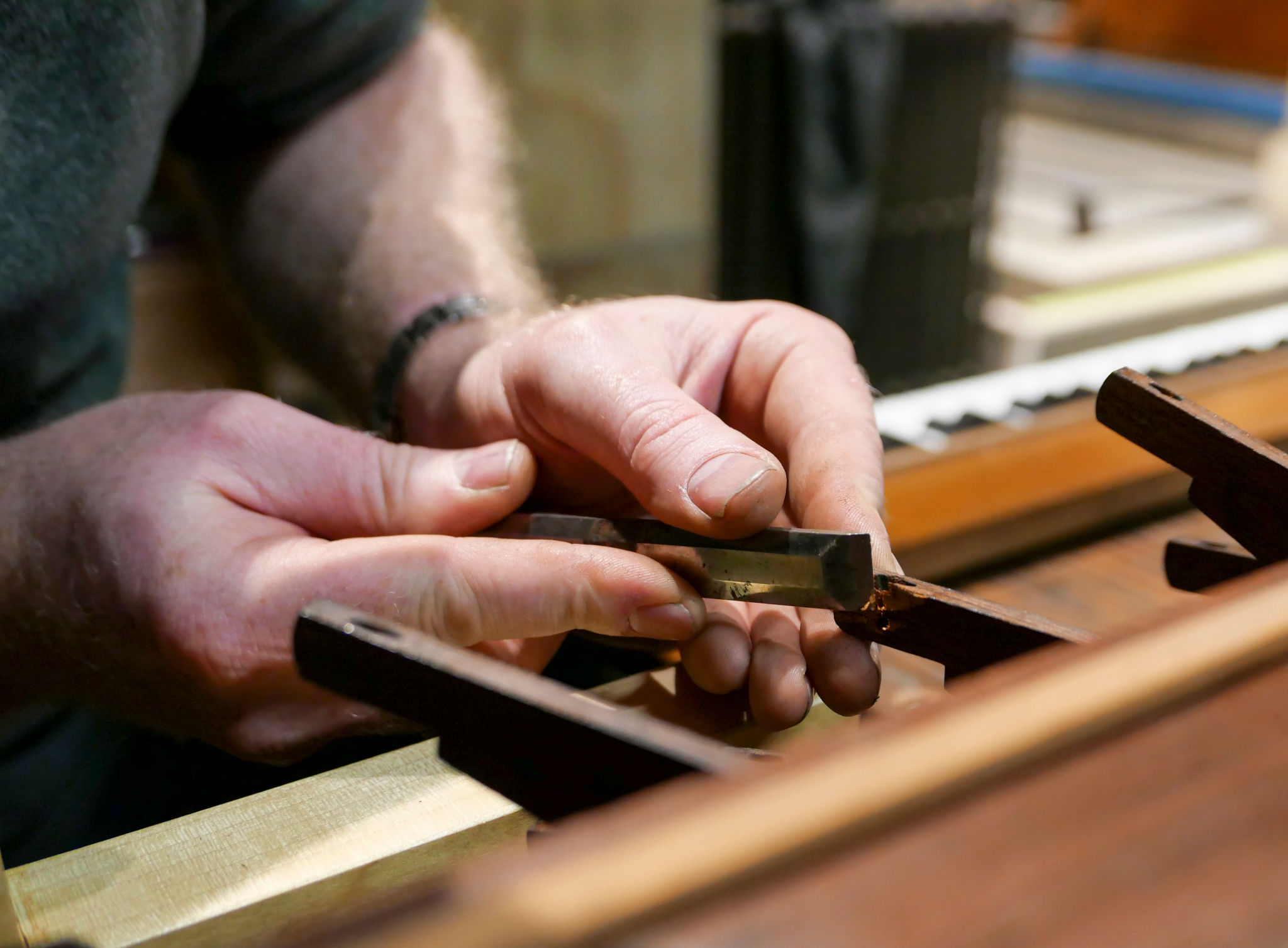The Art of Piano Restoration: Bringing Your Beloved Instrument Back to Life
The Craft of Piano Restoration
For many, a piano is more than just an instrument; it is a cherished family heirloom or a personal treasure that holds countless memories. Over time, however, even the most well-kept pianos can fall into disrepair. The art of piano restoration involves breathing new life into these beloved instruments, ensuring they continue to create beautiful music for years to come.

Understanding the Restoration Process
Piano restoration is a meticulous process that requires a deep understanding of both the instrument's mechanics and its historical context. Each piano is unique, and its restoration must be tailored to its specific needs. This often begins with a thorough assessment, where experts evaluate the condition of the piano's components, including the soundboard, strings, hammers, and keys.
Restorers must decide whether parts should be repaired or replaced. This decision is crucial, as maintaining the original components can preserve the piano's unique sound and historical value. However, in some cases, replacements may be necessary to ensure the instrument's functionality and longevity.
The Importance of Skilled Artisans
Piano restoration is not something that can be rushed. It requires skilled artisans who have honed their craft over years of experience. These professionals possess the knowledge and tools to carefully dismantle, repair, and reassemble pianos, ensuring that every detail is attended to with precision.

Artisans must also have an artistic eye, as restoration often involves refinishing the piano's exterior. This can include polishing or repainting the case to restore its former glory while preserving its character. The goal is to balance aesthetics with functionality, resulting in a piano that is both beautiful and playable.
Common Restoration Techniques
There are several techniques commonly used in piano restoration. Some of these include:
- Restringing: Replacing old strings to improve sound quality.
- Action Regulation: Adjusting the mechanical action of the keys for optimal playability.
- Soundboard Repair: Fixing or replacing the soundboard to enhance resonance.
- Refinishing: Restoring the piano's exterior finish to its original state.

The Emotional Journey of Restoration
The restoration process is not only technical but also deeply emotional. For many owners, seeing their piano restored to its former glory can be a profoundly moving experience. These instruments often hold sentimental value, representing cherished memories or family traditions. Bringing them back to life can feel like rekindling a connection with the past.
Moreover, a restored piano can inspire new musical journeys. It provides an opportunity for families to create new memories while honoring the legacy of previous generations. Whether it's a child learning their first notes or a seasoned player rediscovering their passion, a beautifully restored piano can serve as a source of joy and inspiration.
The Long-Term Benefits
Investing in piano restoration offers numerous long-term benefits. A well-restored instrument not only sounds and looks better but also increases in value. This makes it a worthwhile investment for both personal enjoyment and potential resale.
Furthermore, regular maintenance following restoration can prolong the instrument's life even further. By keeping it in optimal condition, owners can ensure that their piano remains a centerpiece of their home for generations to come.

In conclusion, the art of piano restoration is a delicate balance of technical skill and emotional connection. It allows us to preserve the past while embracing the future, ensuring that our beloved instruments continue to inspire and delight. Whether you are a pianist or simply an admirer of fine craftsmanship, witnessing a piano's transformation through restoration is truly a remarkable experience.
